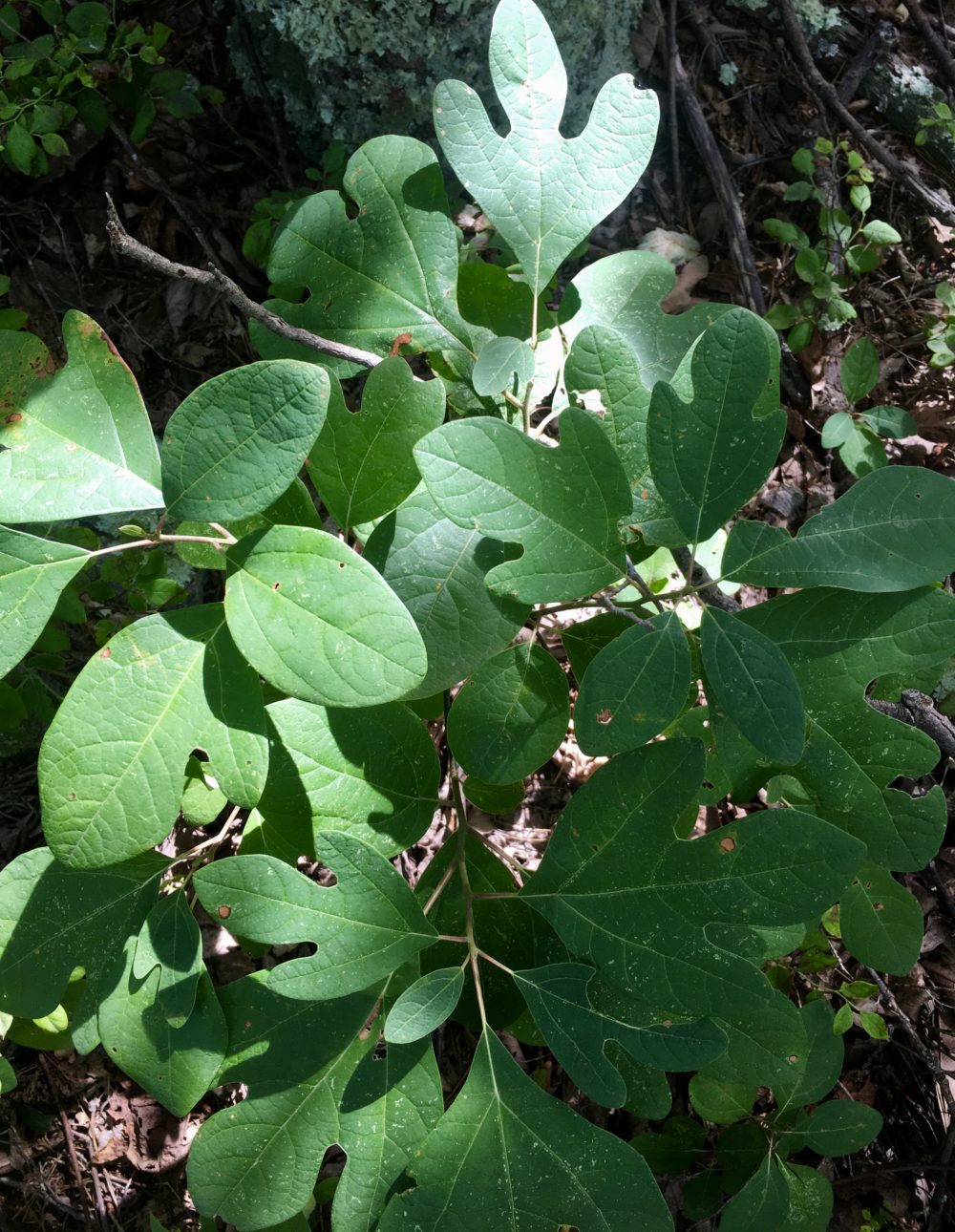Sassafras Trees
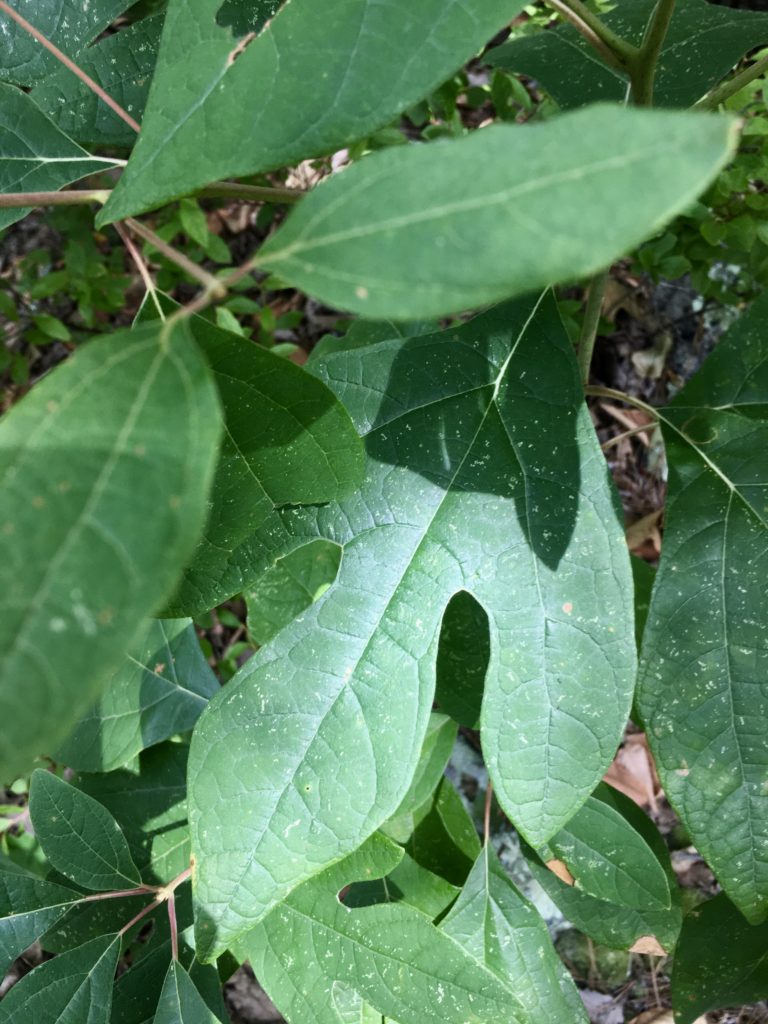
Scientific Classification for Sassafras Trees
Kingdom: Plantae
Clade: Andiosperms
Clade: Magnoliids
Order: Laurales
Family: Lauraceae
Genus: Sassafras.
Species: Sassafras albidum (usually found in the Eastern United States)
Sassafras hersperia
Sassafras randaiense
Sassafras tzumu
Sassafras yabei.
Sassafras Trees in a natural environment.
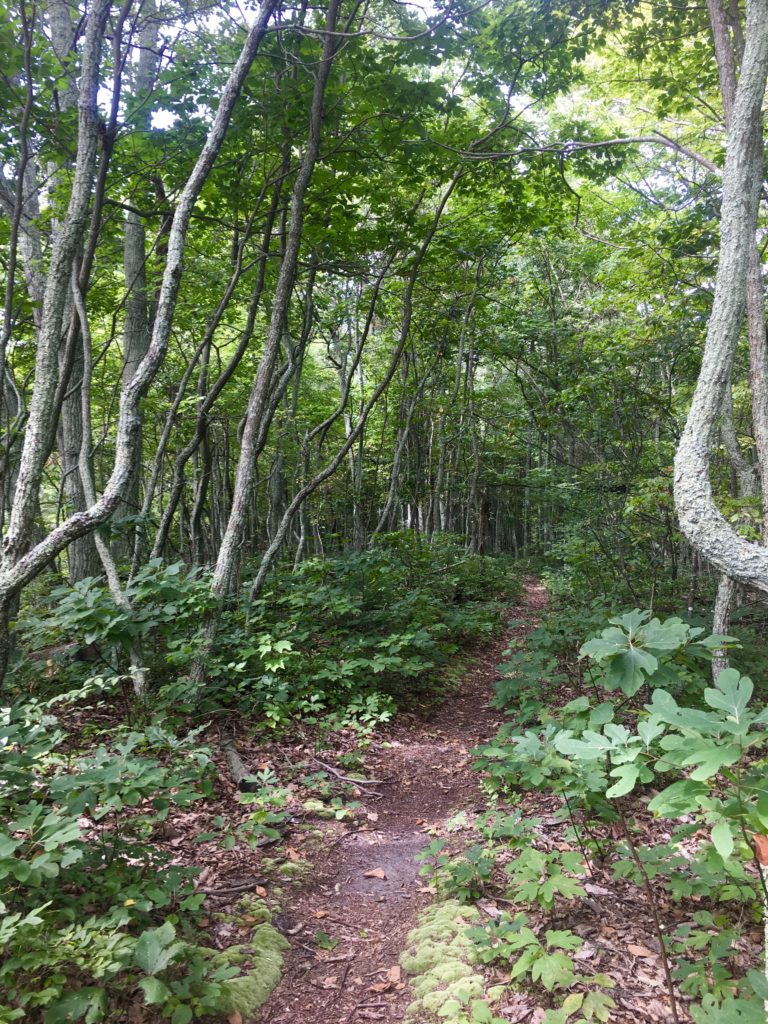
Sassafras seedlings and mature trees along the Tuscarora Trail
Description of Sassafras Tree
Sassafras trees are deciduous and grow from 30 to over 100 feet. The trees in this picture are on the smaller side due to the elevation. In lower areas, they grow more taller. The bark is smooth and relatively indistinct. The tree is easy to identify because of it's classic leaf patter that is present on all trees. The leaves are either unilobed, bilobed (mitten shaped) or trilobed (three pronged in photos). On rare occasions a five lobed leaf maybe spotted. the young leaves, twigs, and roots produce a wonderful citrus-like scent when crushed. Some of the species produce flowers. They also produce a fruit called a drupe. It is too bad that Sassafras Trees are not that common in landscaping. They provide unique variety due to the shape of the leaves and the tree's interesting growing pattern.
Value to the Ecosystem
Sassafras trees provide a minor forest food source. Deer eat a fair amount of Sassafras as well as many other forest mammals. Animals eat all parts of the tree including leaves, bark, twigs, stems, and fruits.
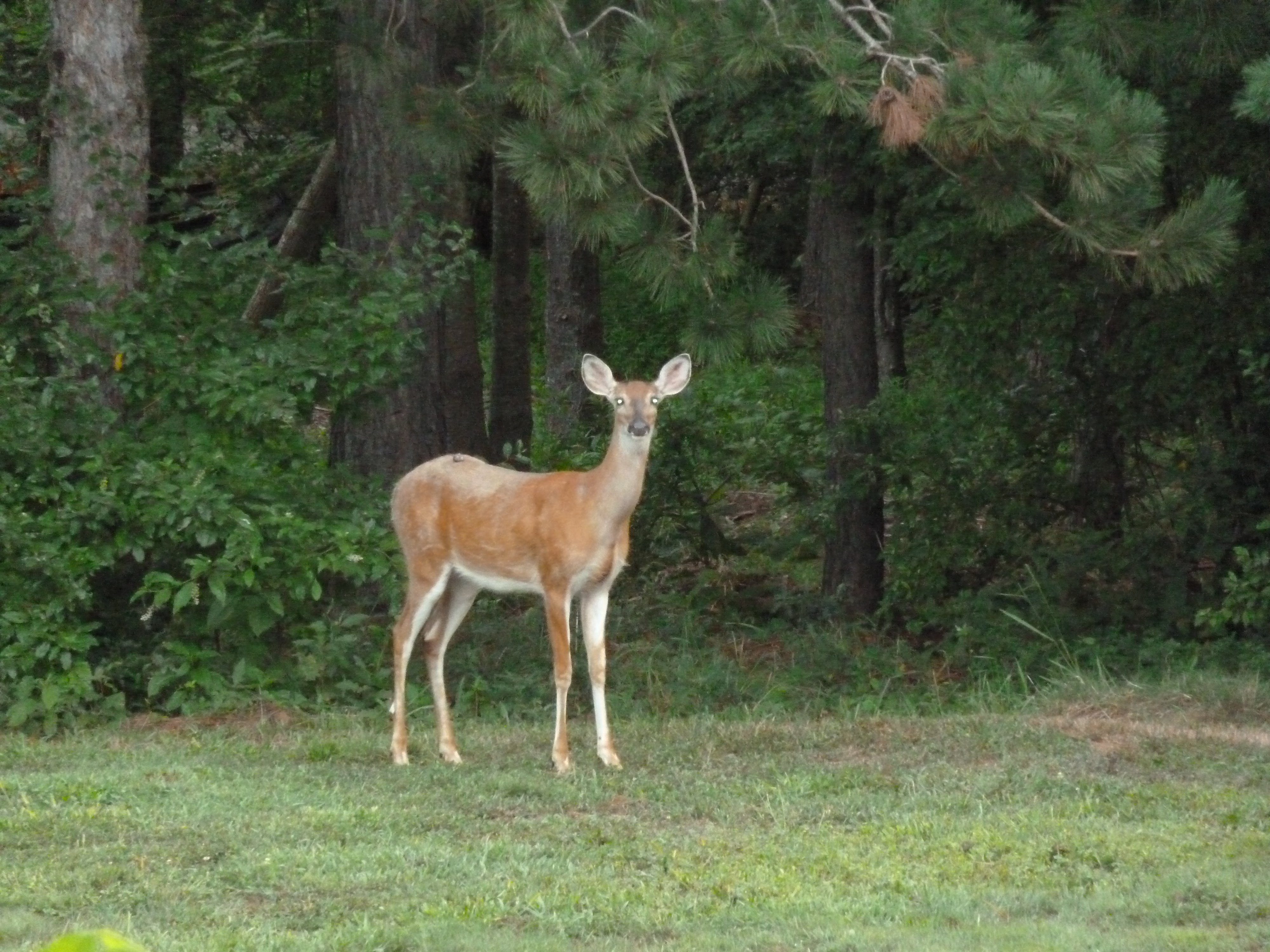
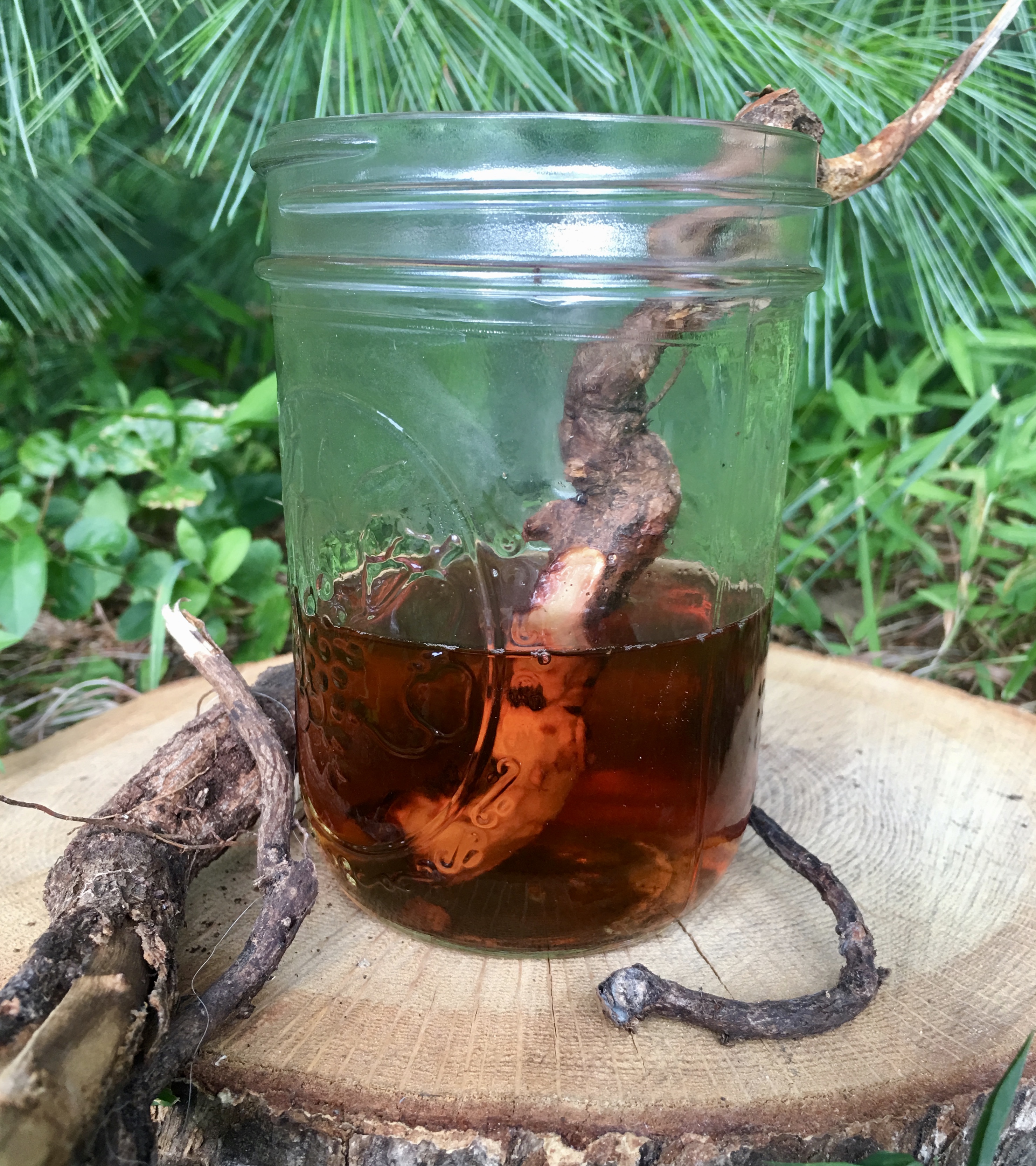
Uses for Sassafras Trees
Before modern medicine became readily available, all parts of the Sassafras tree were used for a variety of medicinal purposes including treating inflammation, as a pain reliever, increasing immunity, detoxifying (a diuretic), and an energy booster. Until a few decades ago, it was still used to flavor root beer. Unfortunately, Sassafras root bark contains safrole, which is a volatile oil that was banned by the Food and Drug Administration (FDA) in the 1960s due to carcinogenic properties. According to the FDA, in order for Sassafras from a tree to be considered safe, the safrole must be removed. Of course, there is more to the toxicity of safrole than meets the eye. It is the concentrated essential oil of safrole that is considered dangerous. Most people will never come in contact with the concentrated essential oil. Sassafras tea is easy to brew, looks pretty, and tastes lovely, whether you drink it or not is up to you!
